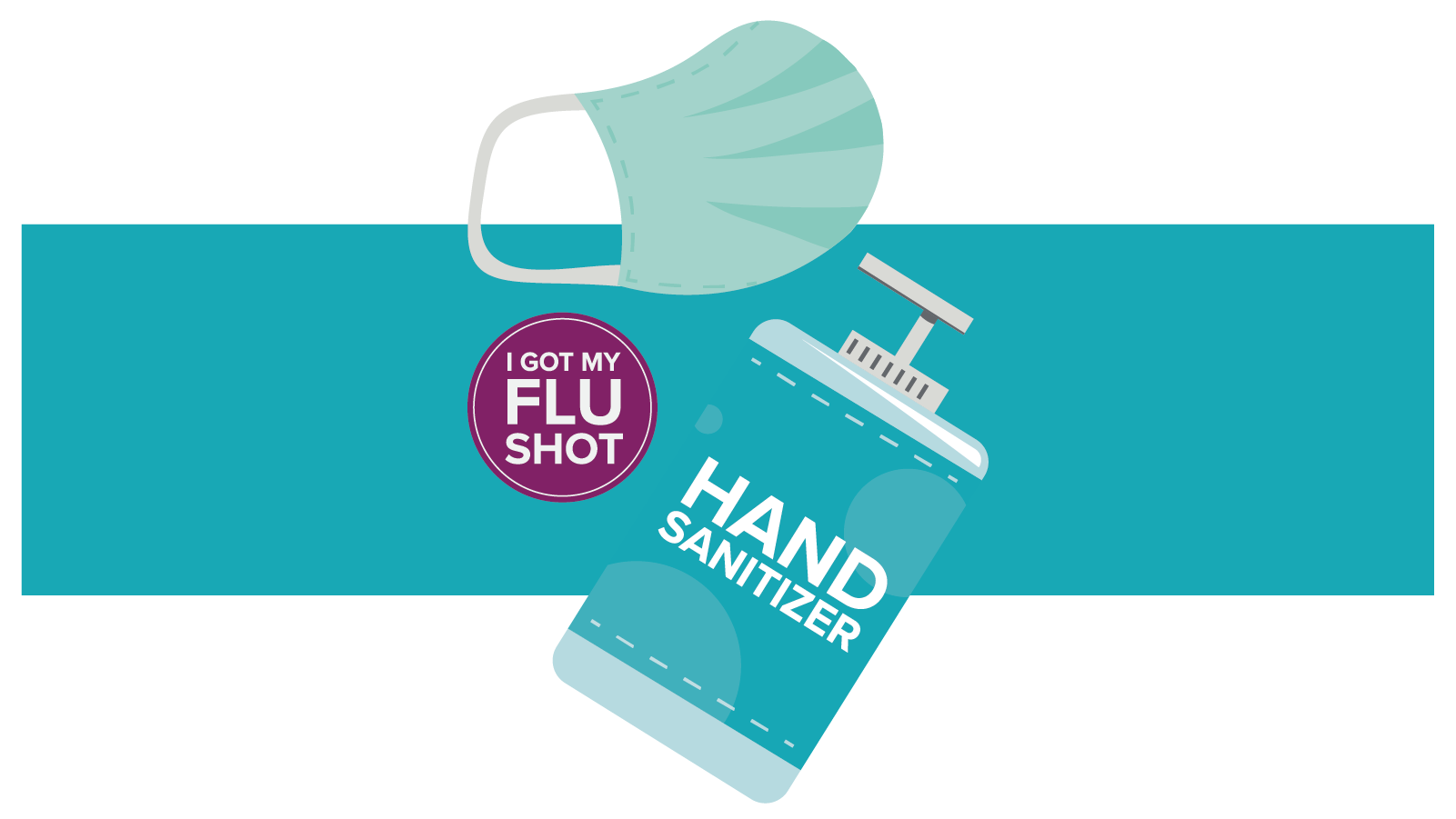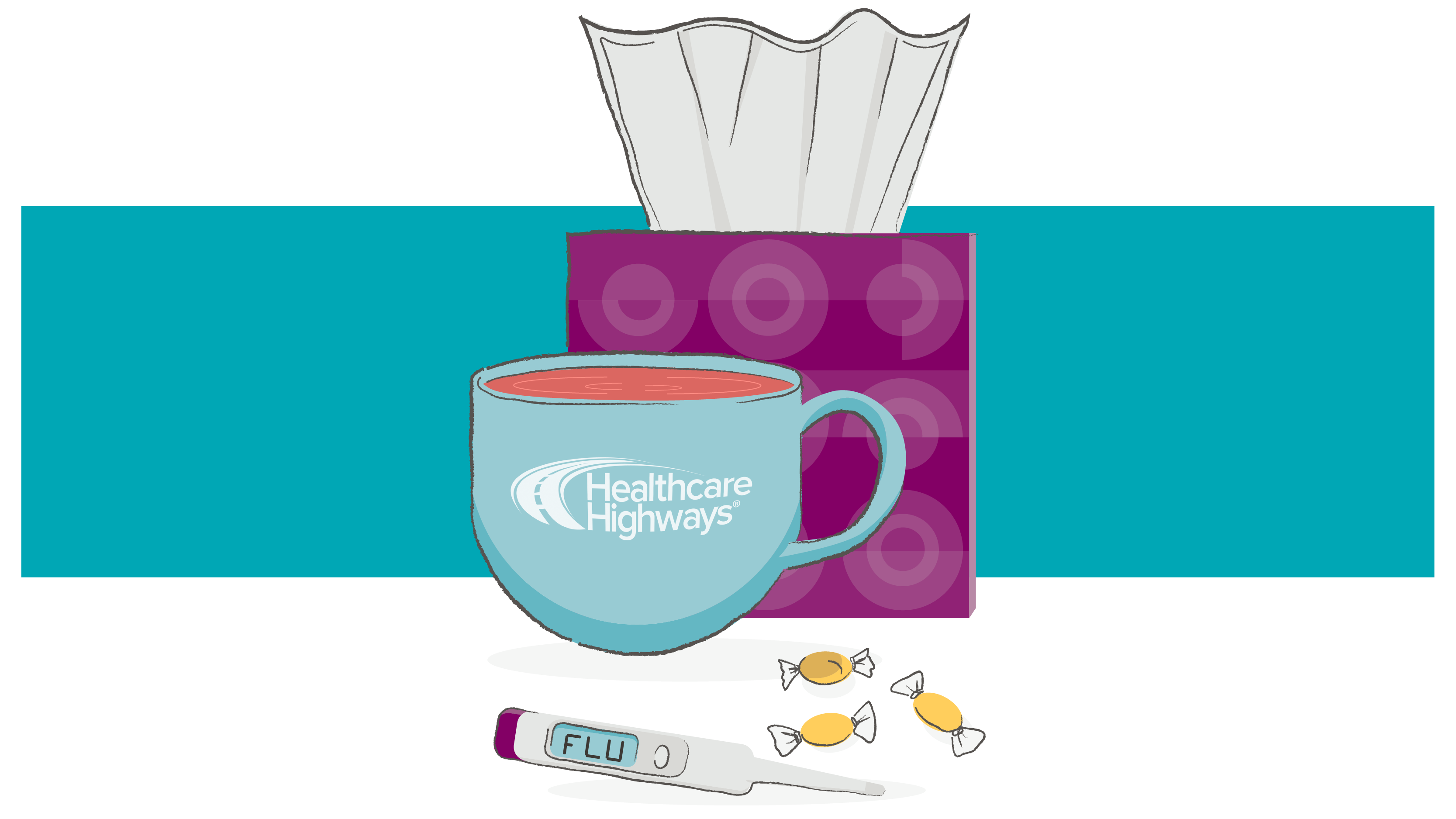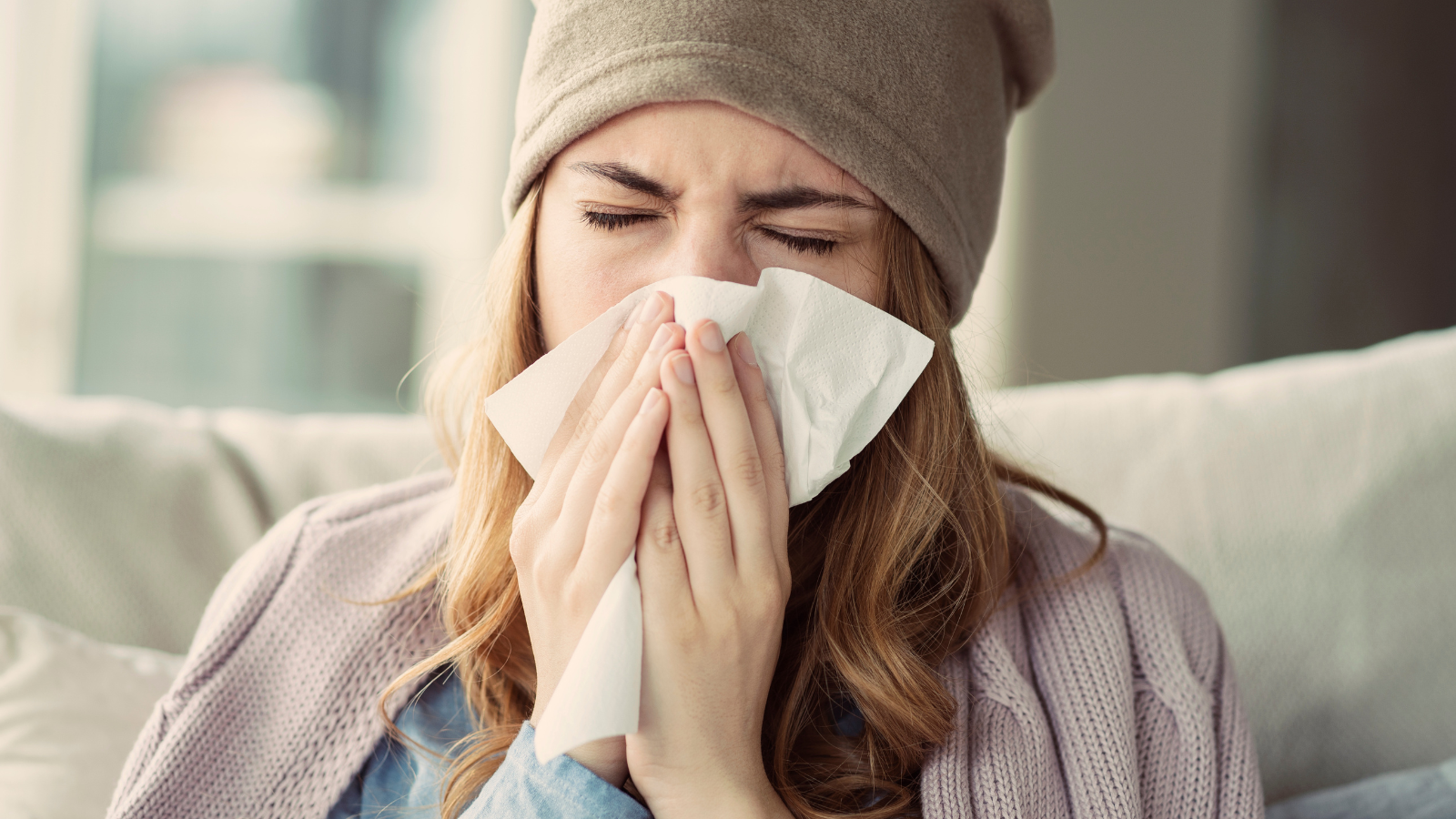It’s time for your flu shot: Here’s what you need to know
Influenza (flu) is a potentially serious disease that can lead to hospitalization and sometimes even death. Every flu season is different, and...

In 2013, a research team led by Dr. Eva Bianconi (University of Bologna) published an estimated cell count for the human body: 3.72 trillion cells – that is, 800 billion cells more than the number of galaxies mapped in the known universe. Astronomers differ on whether the universe is infinite, but we know that the human body’s cells are not infinite in number or lifespan, and not so far removed from one another as galaxies in space. When a virus attacks even one of our seemingly infinite living cells, the illusion of infinity ends as the virus enters the body and begins to replicate itself. In some infected people, viral infections lead to diseases with signs and symptoms that worsen as organs deteriorate.
Most of the viruses that make us sick do not typically threaten organ function and lives before they die off—the best life of the common cold is making us uncomfortable and slow-functioning while it makes its way, shedding and spreading to others. But other contagious respiratory viruses like COVID-19, flu and RSV can lead to organ failure and, in some cases, losing life. It is vital to understand how these viruses work and what we know so far about preventing viral illness.
Vaccination, masking, hand hygiene and proper ventilation are layered prevention strategies that fortify immune response and block viruses from infecting and taking over.
Vaccination is a mechanism that injects a measured, controlled virus into the immune system and activates the body’s natural immune response: white blood cells fight viral infection at a minimized level that does not tend to overwhelm and overtake the body’s defenses, while triggering the immune response. A COVID-19 vaccine or flu shot will not prevent infection 100% of the time but, following vaccination, the immune system recognizes and remembers how to counteract the invasion more effectively when exposed to the virus.
Choosing to wear a well-fitting mask offers a vital layer of protection from airborne viral illnesses and can prevent infection spread. When worn correctly and consistently, masks help filter virus from the air we breathe and share with others.
Proper handwashing removes virus and germs before they have the chance to invade through the nose, mouth or eyes. It’s likely you have a handwashing routine of your own when at work, home, and in public places. If not, start with a routine for keeping hand sanitizer (at least 60% alcohol content) with you when away from home. When soap and water are available, follow the CDC’s recommendations for trapping, smashing, scrubbing, and rinsing off millions of active viruses and germs taking a free ride on your hands.
On November 8, 2022, the United Kingdom recognized World Ventil8 Day, a worldwide first. The Imperial College of London lays out a rationale: “Good ventilation in buildings can reduce exposure to indoor air pollutants, aid human productivity, improve sleep, and reduce mold and damp in buildings. It is also a key factor in reducing transmission of infectious diseases like COVID-19, colds, and flu.” The research is ongoing, especially related to COVID-19 transmission. Recent updates from the CDC indicate that increasing indoor ventilation decreases the concentration of indoor air pollutants that contain the virus and reduces surface contamination.
Your Healthcare Highways Health Plan offers care coordination services to help qualified members who are facing viral illness with chronic conditions.
If you are a health plan member and would like to learn more about care coordination benefits, call us! Our Customer Experience Advocates team will help you find out if you qualify for this no-cost, personalized service and connect you with the care you need. Check your Healthcare Highways Health Plan ID card for your Customer Experience Team phone number, or reach out online. We'll take it from there!

Influenza (flu) is a potentially serious disease that can lead to hospitalization and sometimes even death. Every flu season is different, and...

Coronavirus (COVID-19), the common cold, and the influenza (flu) leave people feeling the same - crummy. Since the pandemic, COVID-19 has become the...